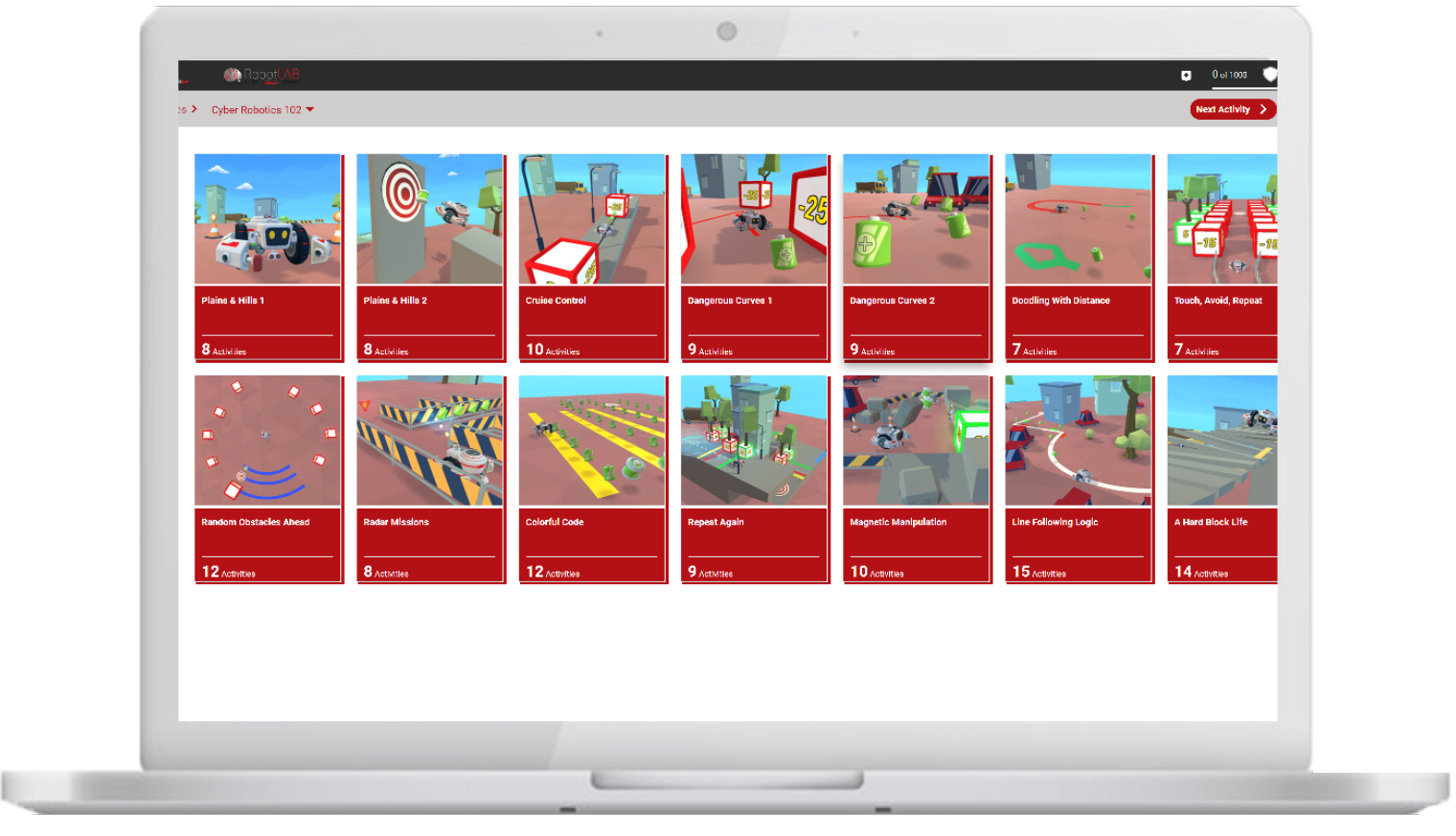By CHRISTINE FLOYD
 Photo by Beci Harmony on Unsplash
Photo by Beci Harmony on Unsplash
Online learning swept across the country in early 2020, but it isn't without its hurdles-here's how to help students navigate their new reality
Online learning can both hinder and hold back a child. During this past year, educators and students across the country have grappled with how to adapt to online learning challenges.
I have worked in online schools for over the past 5 years, and I have seen online learning be a lifesaver for students that struggled in brick-and-mortar classrooms. Online learning gives students the ability to work from home, but that can also mean too much freedom for some.
Teaching online might make you feel that you are alone. In a brick-and-mortar classroom, teachers can support their students in their learning and adapt learning to what the students need. Accountability is still important in online education, or students might not take their learning seriously and their education will suffer. Teachers are also able to read body language cues that might show a student is struggling. In the online setting, teachers will want to incorporate check-ins to ensure they are supporting students that are struggling.
Teachers can use these four strategies in their classes to support students during online learning. These are some tips that I have learned having worked in online education.
1. Hold students accountable: Even though students are schooling online, they should still be held accountable for their actions, participation, and completion of schoolwork. Teachers can support students in their learning by giving them the same education in online learning. Provide students with deadlines and give them feedback to improve their work.
2. Involve students in their learning: There are many tools for teachers online! Teachers should ensure that they are involving students in their learning by having them participate, and even giving them jobs in the online learning environment. An online student class job can be to greet students as they enter class. Think about fun and exciting ways to involve students in your online learning classroom!
3. Get to know your students: Even if students are learning online, teachers can get to know them and develop meaningful relationships. Developing meaningful relationships might take more effort, such as calling the student on the phone or even meeting one on one in an online platform with the student. Remember, you can still differentiate for a student that is online.
4. Check in on students’ mental health: Even though you cannot easily read a student’s body language online, you can still check in on them. A great way to check student’s mental health online is to do a check in at the beginning of each class. Students can quickly use a polling tool on how they are doing. If a teacher is concerned about a student, then a referral to the school mental health team should take place even though the student is learning online. Show them you care!
As you can see, being a teacher online is a lot like being back in the brick-and-mortar setting! Students should still be involved in their learning and be held accountable for the work they are assigned. Teachers should get to know their students, just as they would in a physical classroom.
It is important to ensure that a child’s mental health is not suffering. You can still make an impact by showing that you care for students as they learn online.
Discover more ways for distance learning with RobotLAB!

CoderZ is an online educational environment that improves students 21st century skills, while they are having fun programming their own virtual cyber robot. CoderZ and RobotLAB has different lessons to do at home! Check them out Here

